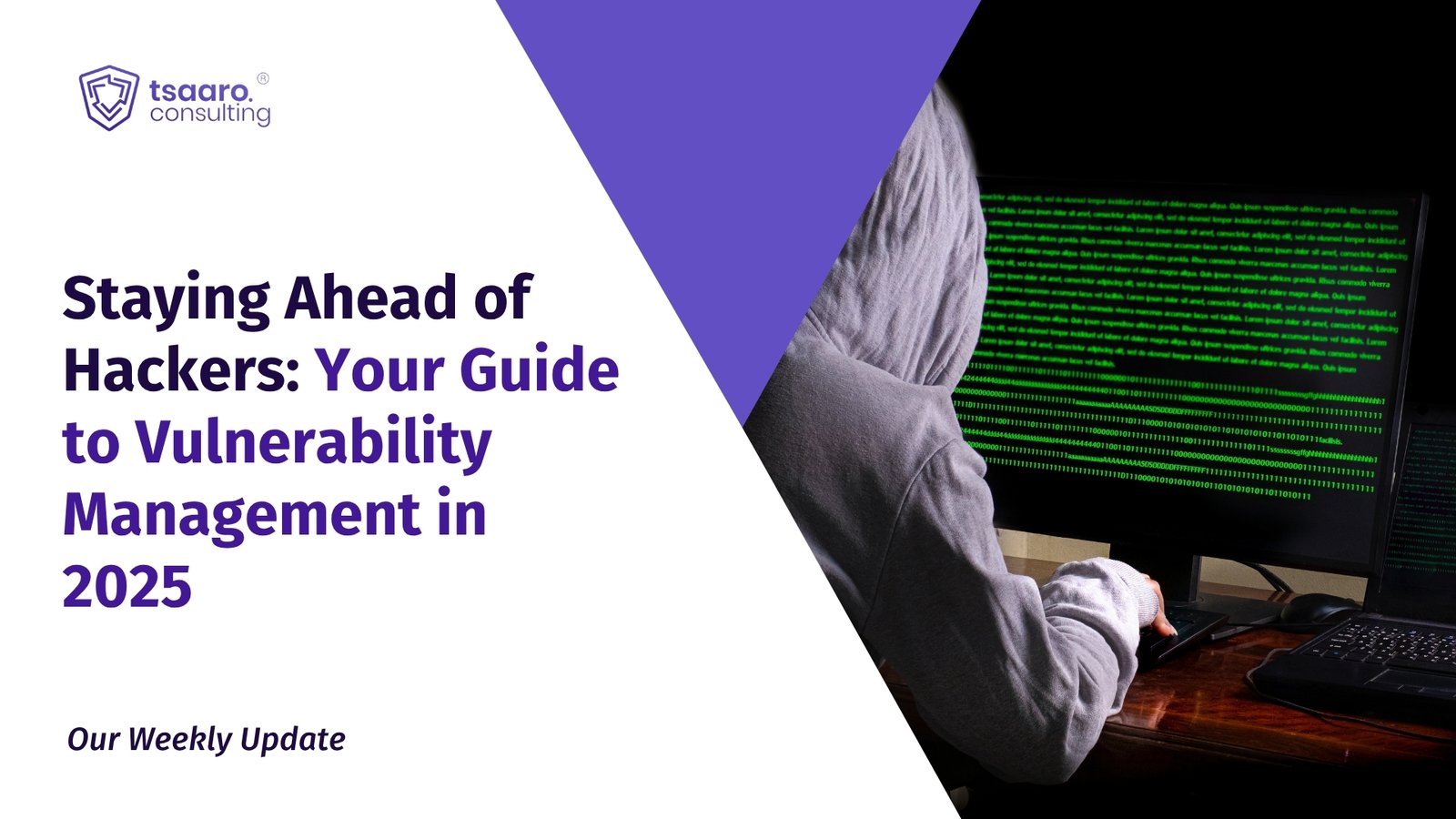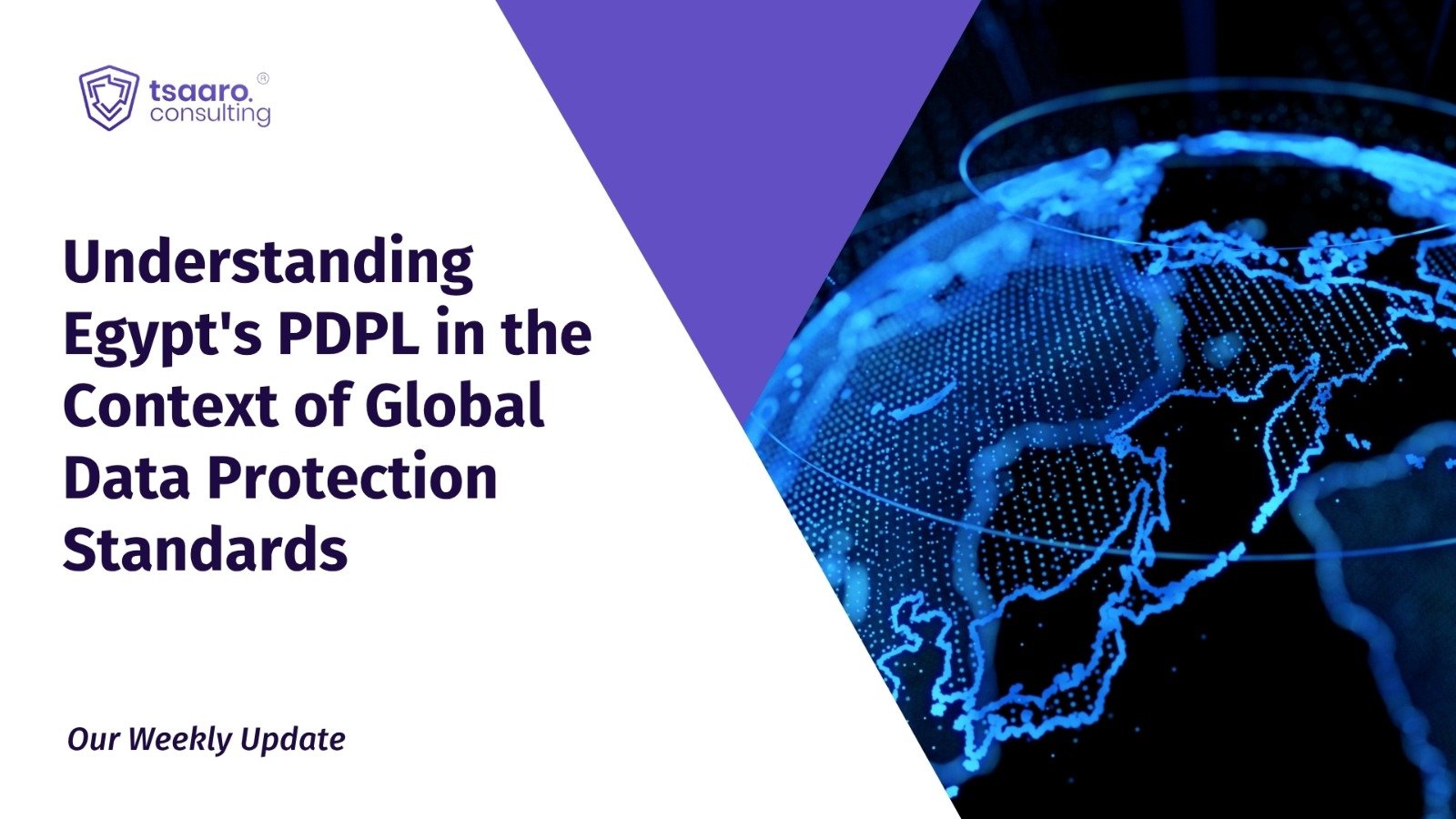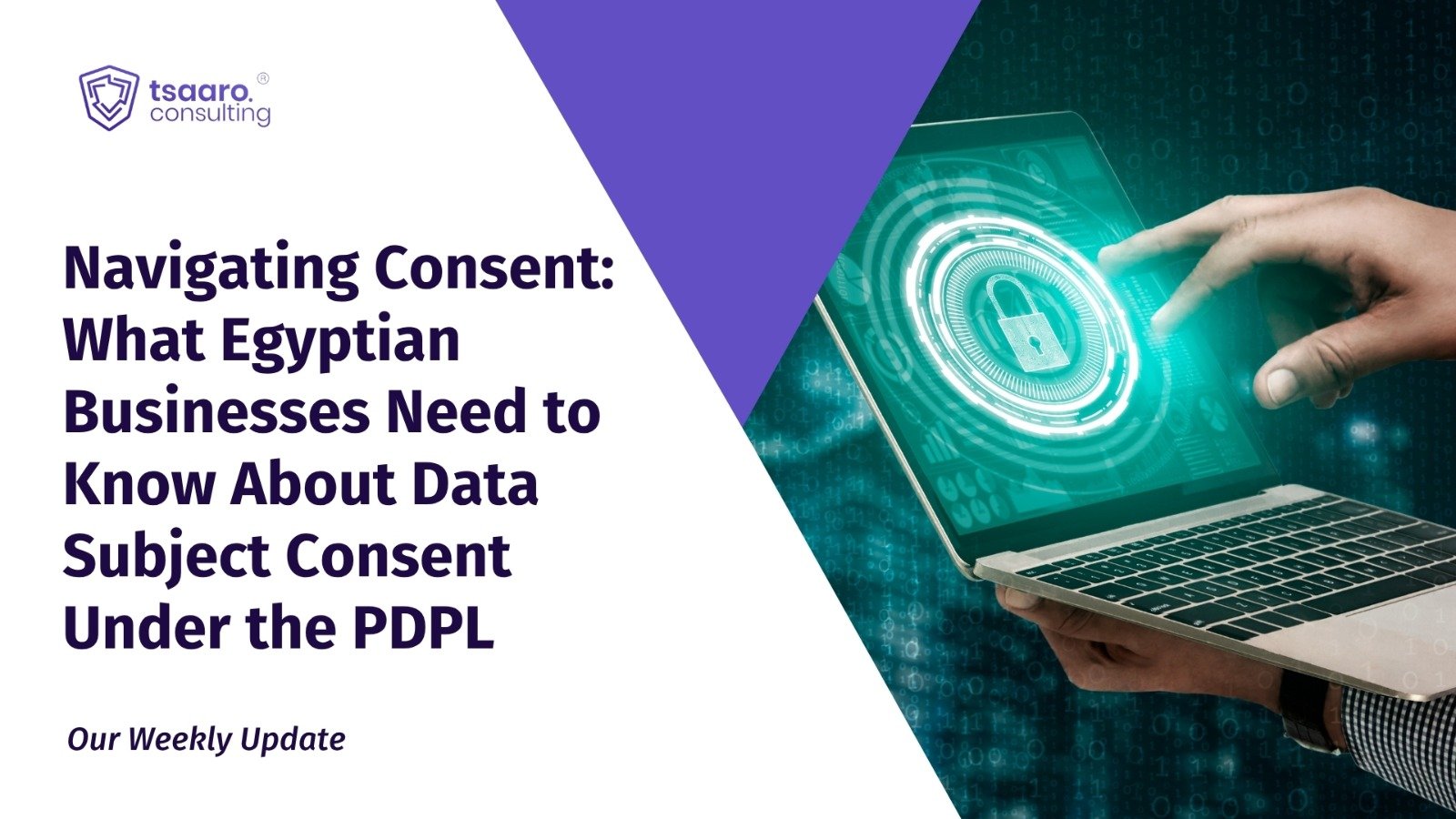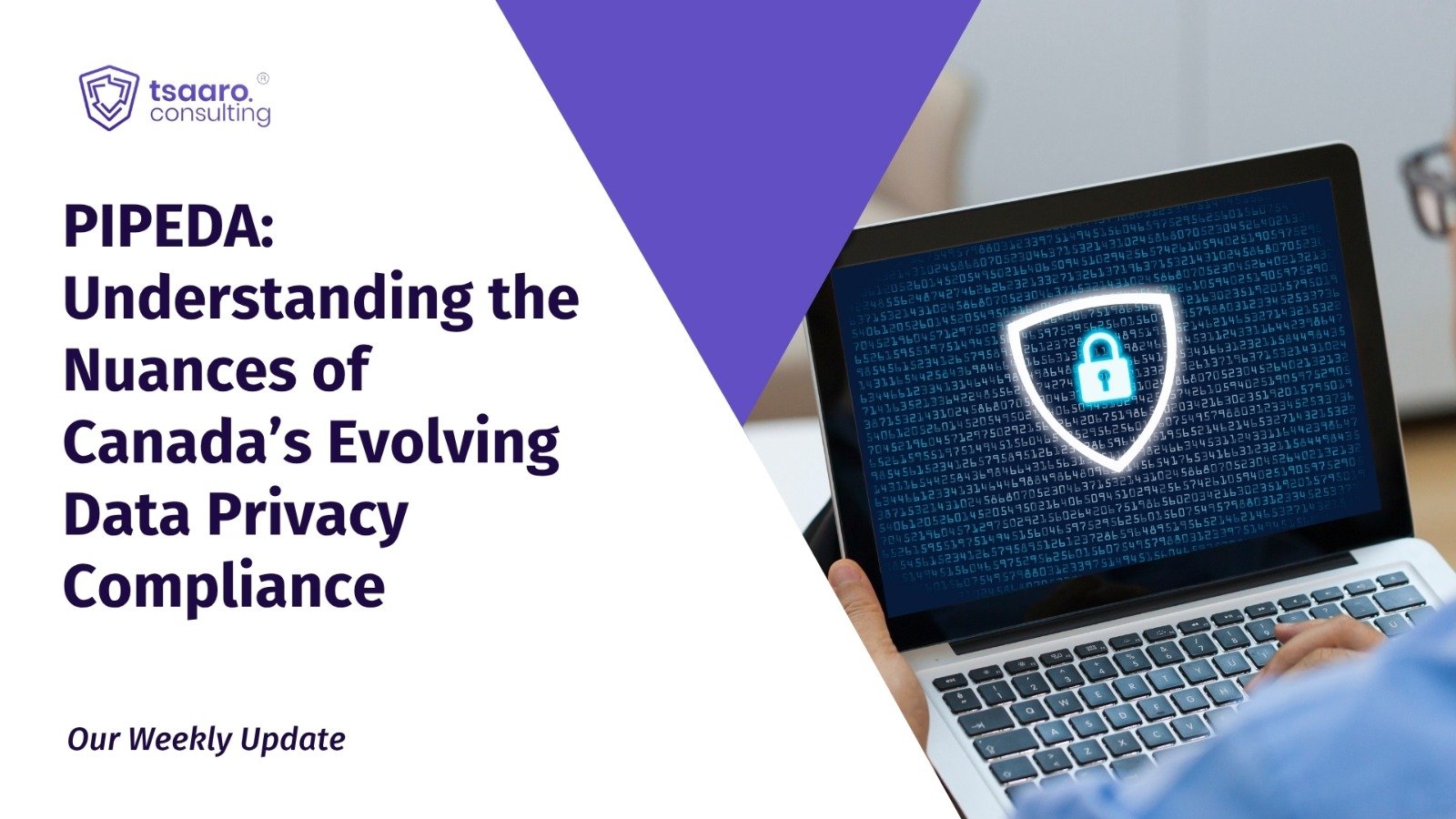Introduction
In the current age, industries have been grappling with rising challenges of protecting sensitive data. Data leaks and breaches have pertained which result in financial losses further resulting in damage to reputation and raising compliance issues. Data Loss Prevention comes into play which offers vital layers of protection to companies. The Data Protection and Privacy Act (DPDPA) plays a pivotal role in safeguarding individuals’ privacy and regulating the processing of personal data within its jurisdiction.
The purpose of DLP is to make sure that sensitive information is confidential and secured, within the organization and when shared externally. Sensitive data can be in the form of customer information, intellectual property, employment records, financial data and healthcare records etc. In the present setup, businesses find the set of solutions important as they help prevent breaches, mitigate reputation damage, and ensure regulatory compliance.
There are exhaustive steps for the laying out the data loss prevention. First being, discovery of data and its classification. Employment of sophisticated techniques of categorizing of data into rest (which are stored on databases, servers, and even endpoints) and in motion (transfer of data across networks). Other various methods such as inspection of content, predefining data dictionaries for classification of data on specific basis like credit card numbers, social security numbers, business related data or medical records. By such classifications, organizations can comfortably define what needs protection and where such data resides at.
Such policies vary from various organization’ unique requirements and regulatory atmosphere where they operate.
The next step is to continuously track and monitor data in motion and at rest to detect any violations. This step includes scanning network traffic, communication of emails, storage of files on servers and also data through personal devices for identifying any non-permitted access or sharing of sensitive data. Such scanning process is real-time in nature which allows DLP solutions to immediately raise red flags to any such potential threats. Through such process various inspection methods of content, context-aware fingerprinting and advanced machine learning algorithms identifying sensitive data, when not explicitly labeled for. Coupled with such scanning process, post-detection of violations, is the generation of notification alerts.
Know More: https://tsaaro.com/blogs/the-impact-of-the-dpdp-act-on-artificial-intelligence-and-machine-learning
Operational Efficiency and Project Delays
In the media industry, data is the cornerstone of operational efficiency. It encompasses everything from scripts, digital footage, and audio files to marketing strategies and distribution plans. Data loss, whether due to technical failures, human error, or cyber-attacks, can lead to severe disruptions in production schedules. For instance, losing raw footage or edited content can result in costly reshoots or editing delays. This not only affects the timeline of specific projects but can also have a domino effect on the release schedules. The time and resources spent in recovering or redoing lost work can significantly impede the operational flow.
Financial Implications
The financial impact of data loss in the media industry can be substantial. The cost of data recovery, coupled with the potential loss of revenue from delayed or canceled projects, can strain a company’s financial resources. In some cases, particularly for smaller companies or independent creators, the cost of data loss can be crippling, leading to bankruptcy or closure. Additionally, there may be legal and contractual penalties associated with delays or non-delivery of content, further exacerbating the financial burden.
Loss of Intellectual Property
Data in the media industry is not just a collection of files; it represents intellectual property (IP) that holds significant value. Losing this data means losing unique creative content that cannot be easily replicated or replaced. This loss can have long-term implications, especially if the lost content had the potential to become a significant revenue generator. Furthermore, in cases where data loss is due to security breaches, there’s a risk of this IP being leaked or misused, leading to a loss of competitive advantage and potential revenue.
Reputational Damage
The reputation of media companies heavily relies on their ability to deliver high-quality content consistently. Data loss can tarnish this reputation, especially if it leads to project delays or cancellations. In an industry where reputation plays a crucial role in securing projects, collaborations, and funding, the impact of data loss can extend far beyond the immediate financial and operational setbacks. It can lead to a loss of trust among stakeholders, including investors, partners, and audiences, which can be difficult to rebuild.
Impact on Innovation
The media industry thrives on innovation and creativity. Data loss can stifle this innovation by causing a diversion of resources from creative endeavors to data recovery and damage control efforts. Moreover, the loss of unique content and ideas can set back innovation, as these are often the result of cumulative creative processes that cannot be easily replicated. This setback can hinder a company’s ability to stay competitive and relevant in a rapidly evolving industry.
In conclusion, data loss in the media industry has far-reaching consequences that extend beyond immediate data recovery efforts. It affects operational efficiency, financial stability, intellectual property, reputation, and the capacity for innovation. As such, it is imperative for media companies to invest in robust data management and security measures to mitigate the risks and potential impacts of data loss. This investment not only safeguards the company’s assets but also ensures its long-term viability and success in a highly competitive and dynamic industry.
Data Loss Prevention (DLP) solutions are crucial for media companies, given the high value and sensitivity of the digital content they handle. Implementing effective DLP strategies is essential to safeguard against the loss of critical data, which can include everything from scripts and raw footage to confidential marketing strategies and personal data of staff and clients. This essay will explore various DLP solutions that media companies can employ to protect their data assets.
Know More: https://tsaaro.com/blogs/privacy-for-minors-in-dpdpa/
1. Advanced Encryption Techniques
Encryption is the first line of defense in data protection. For both data at rest and data in transit, media companies should use advanced encryption techniques. Secure management of encryption keys, with access restricted to authorized personnel, ensures that if data is intercepted or accessed by unauthorized individuals, it remains unreadable and secure.
2. Robust Access Control Policies
Implementing strict access control policies is essential. This involves defining user roles and granting data access based on the principle of least privilege, where users are given only the access necessary to perform their job functions. Multi-factor authentication (MFA) adds an additional layer of security, ensuring that only authorized personnel can access sensitive data. Regular audits of access logs can also help in identifying and mitigating unauthorized access attempts.
3. Regular Data Backups and Redundancy
Regular backups are a critical component of any DLP strategy. Media companies should establish a routine for backing up data, ideally in multiple locations, including cloud-based services and offsite storage. This redundancy ensures that in the event of data loss due to hardware failure, cyber-attacks, or other disasters, a recent copy of the data is retrievable. It’s also important to regularly test these backups to ensure they can be restored effectively.
4. Endpoint Protection and Network Security
Given the variety of devices used in the media industry, including mobile devices, laptops, and desktops, endpoint protection is vital.
5. Employee Training and Awareness Programs
Human error is a significant factor in data loss. Therefore, regular training and awareness programs for employees are crucial. These programs should educate staff about the importance of data security and best practices for data handling and password management. Creating a culture of security awareness can significantly reduce the risk of data breaches caused by employee negligence or error.
6. Implementation of DLP Software
DLP software is specifically designed to prevent data breaches and loss. It can monitor, detect, and block sensitive data while in use (endpoint actions), in motion (network traffic), and at rest. These tools can be configured to identify sensitive information and prevent its unauthorized transfer outside the company network.
7. Regular Security Audits and Compliance Checks
Conducting regular security audits helps in identifying vulnerabilities in the existing data protection strategies. These audits should assess all aspects of the DLP plan, including physical security, network security, and employee compliance with policies. Additionally, ensuring compliance with industry standards and regulations is crucial for legal and reputational reasons.
8. Incident Response Planning
Having a well-defined incident response plan enables a company to respond quickly and effectively to mitigate the impact of data. This plan should outline the steps to be taken in the event of a data breach and recovery processes.
Conclusion
In conclusion, data loss prevention in the media industry requires a multifaceted approach that combines technology, policies, and employee education. By implementing advanced encryption, regular backups, DLP software, regular audits,media companies can significantly reduce the risk of data loss. These measures not only protect the company’s valuable data assets but also its reputation and competitive edge in the industry.










